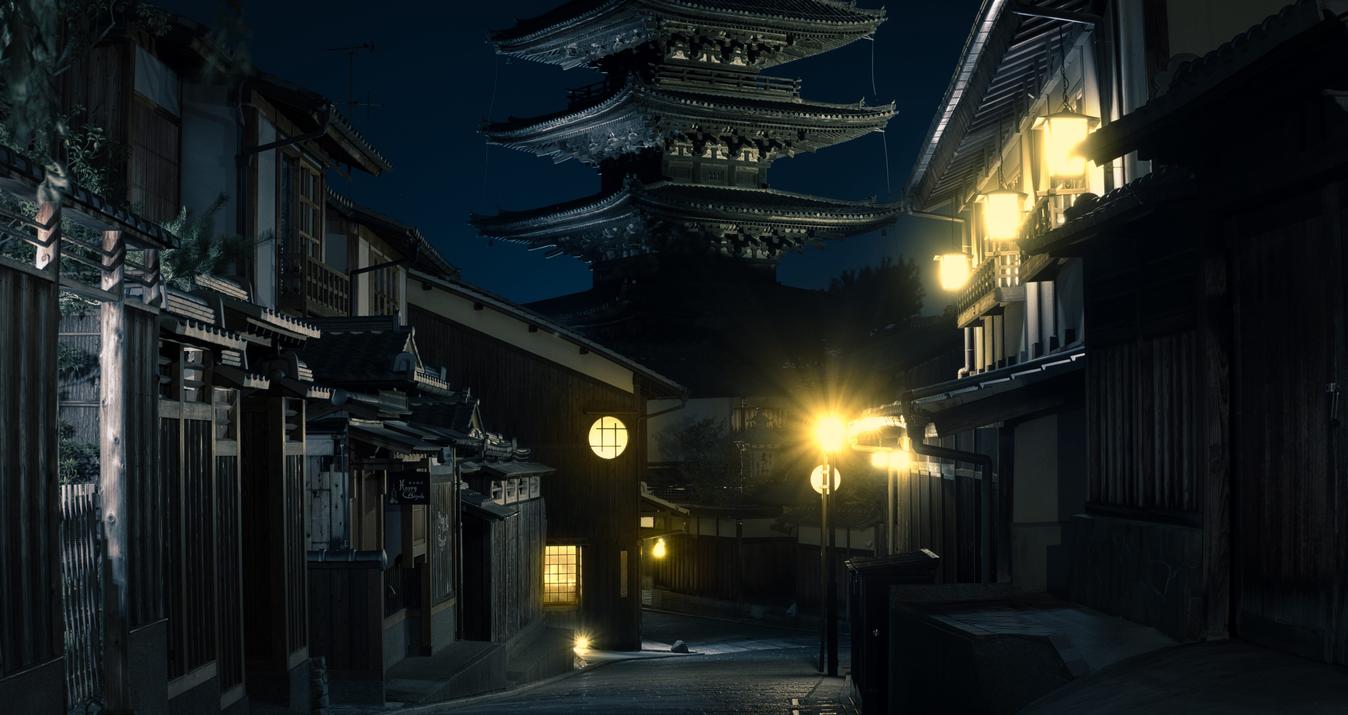During almost 200 years of its history, photography evolved dramatically from the clumsy "magic" box to a sophisticated digital gadget.
With the brilliant and boundless major advances that have happened throughout the course of photography’s history — it’s amazing to think that photography as we know it has only been around for about 200 years.
Though we could dive deeply into details and explanations, let’s cover the highlights of what we’ve seen unfold in the creative and scientific world of thing the Skylum team holds close to our hearts — photography.
The Camera Obscura
Before modern cameras came along, there was the camera obscura (meaning the dark room, in Latin) — and it was the thing that helped developers understand the principles of photography.

To get a basic understanding of what it was: the camera obscura was a closed box space with a hole in its side. Light coming in through that tiny pinhole transformed and created an image on the side wall of the box. The image was processed and mirrored upside down on a wall or piece of paper.
However, printing wasn’t possible at the time and getting the images to remain intact without fading away proved difficult.
The First Images (That Didn’t Fade Away)
In the late 1800s, French inventor Joseph Niépce used a portable camera obscura to expose a pewter plate coated with bitumen (a petroleum derivative) to light. Bitumen hardens as it is exposed to light, causing the unhardened material to then wash away. The metal plate was then polished to produce a negative image which was coated with ink to make a print.
Daguerrotypes
From Niépce’s discovery, came the daguerrotype. For this experiment, a copper plate coated with silver was exposed to iodine vapor and then to light — creating the image.
Emulsion Plates
The daguerreotype was replaced in the 1850s with emulsion plates. These wet plates weren’t as costly to produce and they only took a few seconds of exposure time to create the image.
The two common types of these plates were the ambrotype (which used a glass plate instead of the copper plate) and the tintype (which used a tin plate).
Dry Plates
In the 1870s, Richard Maddox invented something with a similar speed and quality to Emulsion plates — they were called dry plates.
The Start of Kodak
In the 1880s came Kodak — started by George Eastman — which brought photography to everyone. He created roll film and developed a box camera with a single lens that held 100 film exposures.

The process was simple: snap your photos, then send it back to the factory so the film could be developed and the prints could be made.
The Magic of Polaroid
With the introduction of the Model 95 — film could be processed inside the camera in less than a minute, and the undeniable magic of the Polaroid was born.

The Asahi Flex and the Nikon F
In the 1950s, Asahi (later known as Pentax) came out with the Asahiflex — an SLR camera. Nikon also introduced the Nikon F camera and along with it came the beauty of interchangeable lenses.

The Point and Shoot
Come the late 1970s, “point and shoot” cameras were introduced. These compact cameras were smart — and could make decisions like what shutter speed, aperture and focus to use, making them a desirable choice for the casual photographer.

A Journey Into All Things Digital
With the 1980s and 1990s, camera manufacturers wanted a camera that could store images electronically — where digital media could replace film.

In 1991, Kodak produced just that, and soon became famous amongst professionals. Canon, Nikon, Pentax, and others soon followed.
At Skylum, we’re constantly amazed as we continue to learn about the journey of photography.
And together, we’re eager to see and share what exciting things the future has in store.














